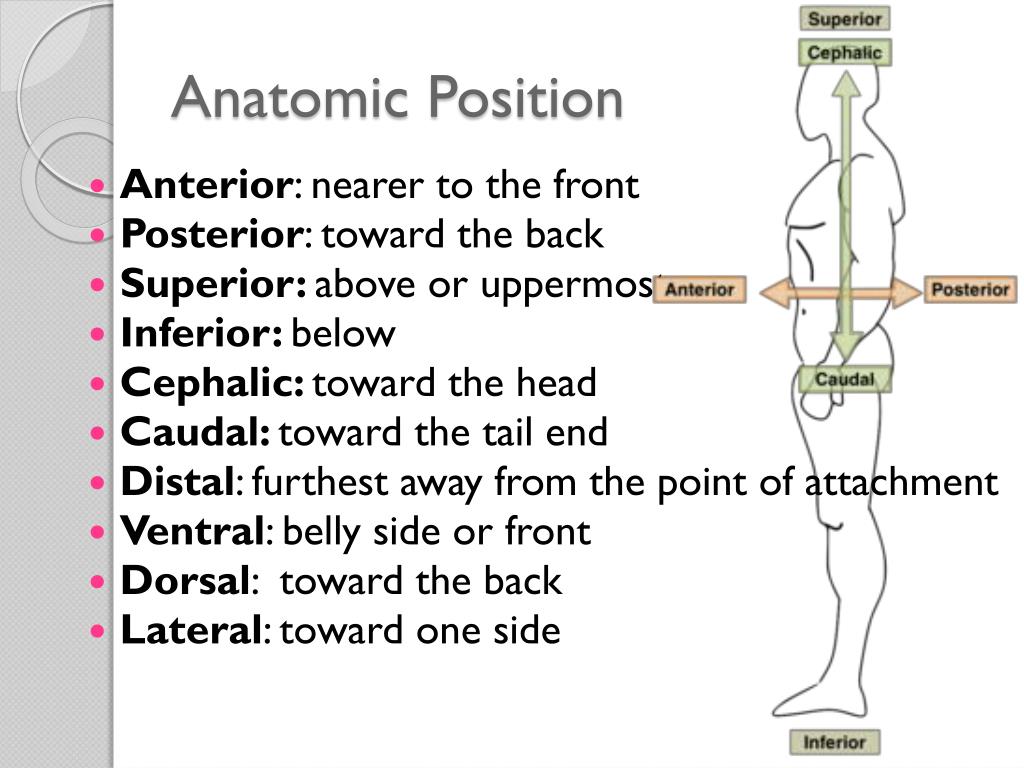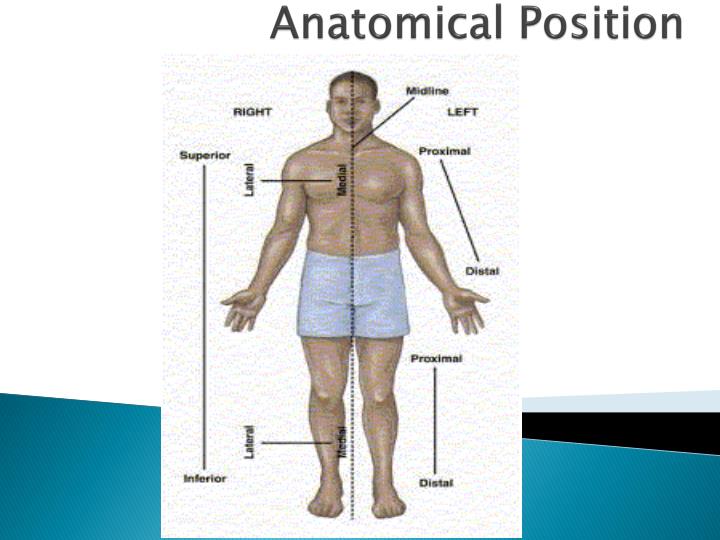

There are quite a lot of them, right? Unfortunately, they are essential and you need to know them like the dorsum of your hand. Directional terms and relations AnteriorĪway or farthest away from the trunk or the point of origin of the body partĬloser or towards the trunk or the point of origin of the body part They are in pairs of opposites, so if the nose is superior to the mouth, it is automatically inferred that the mouth is inferior to the nose. These adjectives compare the position of two structures relative to one another in the anatomical position. We’ve seen how the sections and views included in a typical anatomical atlas are obtained, but how can we describe the position and relation between various structures? By using anatomy directional terms. The obtained cuts are transverse or axial views.

It has to be placed in the same context as other anatomical terms, such as body planes, directions, and relations. The anatomical position has no real meaning on its own since it is a reference for position. The feet are slightly parallel, and toes oriented to the front.

In this universally accepted reference, the person is considered to be standing upright, with the arms hanging by the side, palms facing forward, and thumbs pointing away from the body. When describing any orientation, location, movement, and direction, the reference is the anatomical position. Main regions: Head, neck, thorax, abdomen, pelvis, upper extremity, lower extremity Main types of movements: Flexion, extension, abduction, adduction, lateral rotation, medial rotation, circumduction, pronation, supination, inversion, eversionĪreas of the human body defined by the landmarks provided by evident structures that are easily palpable or visible. Main directional terms: Anterior, posterior, ventral, dorsal, proximal, distal, median, medial, lateral, superior, inferior, cranial, caudal, external, internal, superficial, deep, palmar, dorsal, plantarĬhanging the position of a body part around a certain axis and in one of the anatomical planes. Main anatomical planes: Mid-sagittal/median, sagittal, frontal (coronal), transverse (axial)Īnatomical terms used to describe the position and relation between various structures. Imaginary planes that intersect the body, creating slices of various organs and structures. Reference position in anatomy: The person is standing upright, with the arms hanging by the side, palms facing forward, and thumbs pointing away from the body. Key facts about the anatomical terminology Anatomical position In this page, we’ll briefly explain all of these aspects, simplifying your future anatomy learning. What does it consist of? Here’s what you need to know like the back of your hand: This is the foundation onto which further information is built. The wonderful thing about this language, is that in many cases, the names of anatomy related content are incredibly helpful if you just understand that often the words can be broken down into different parts that have meanings ( prefixes and suffixes). However, advancing in anatomy is impossible without conquering the anatomical alphabet first and foremost. Did you hear the saying that learning anatomy is similar to learning a new language? There are thousands of anatomy terms that students need to master in a very short time.


 0 kommentar(er)
0 kommentar(er)
